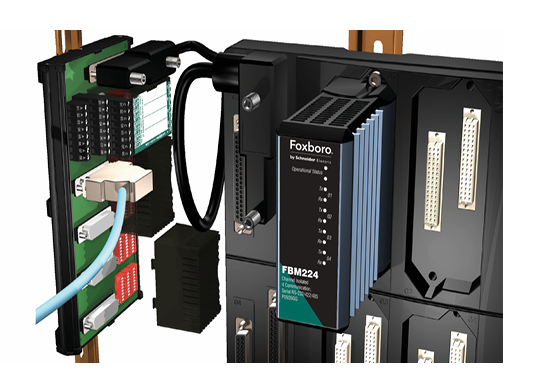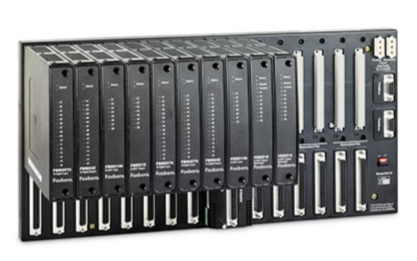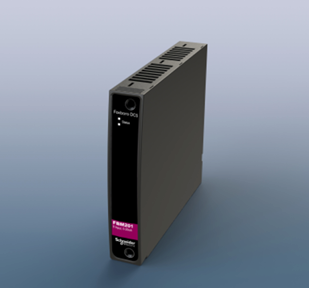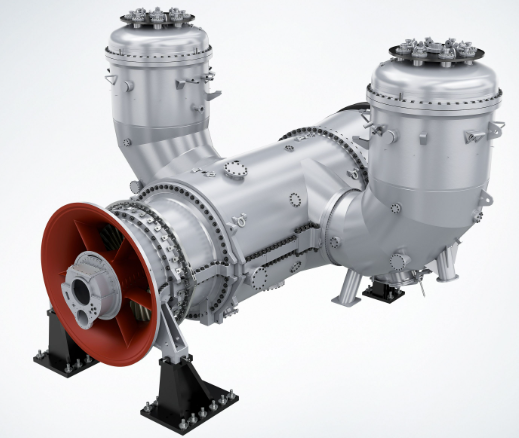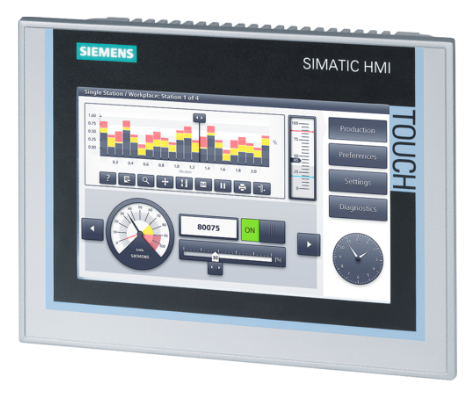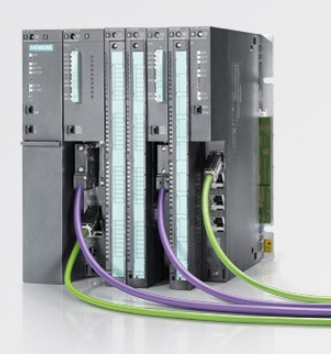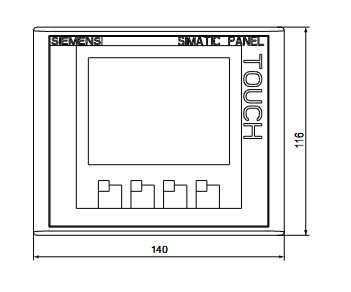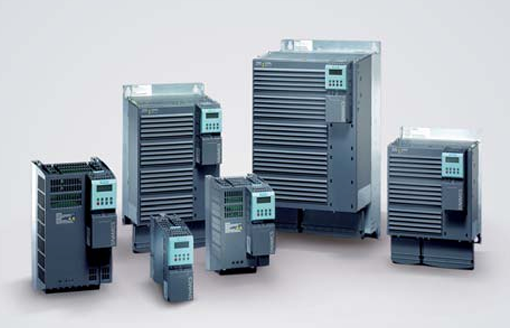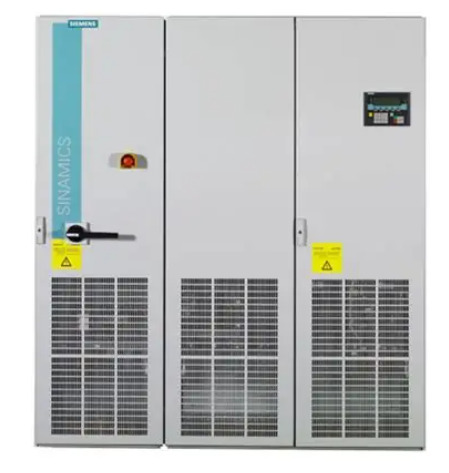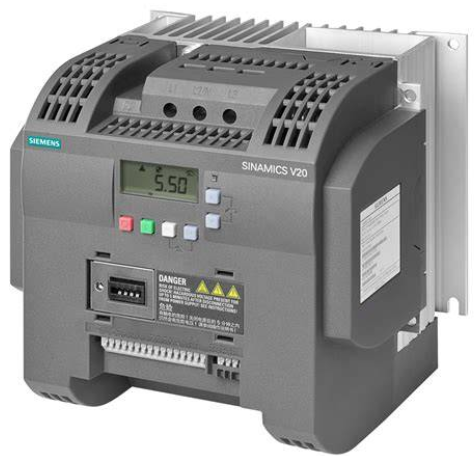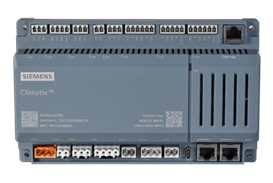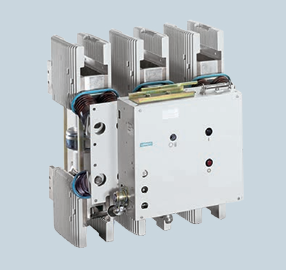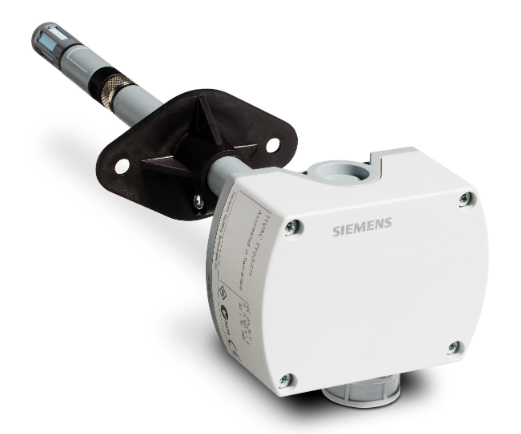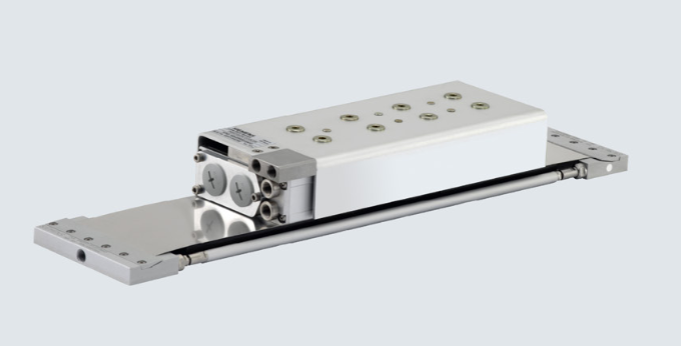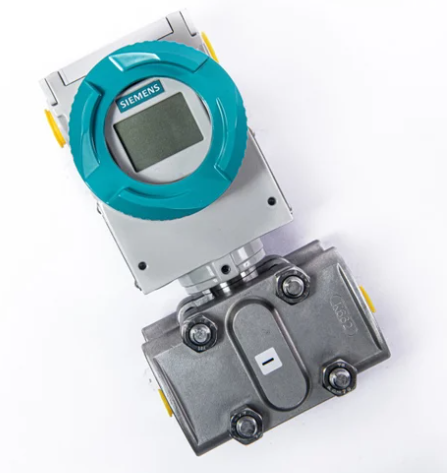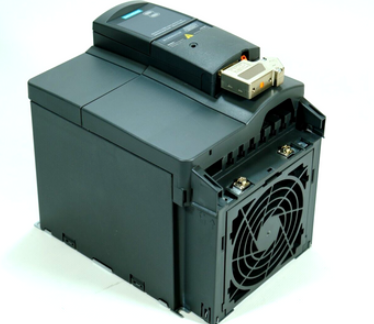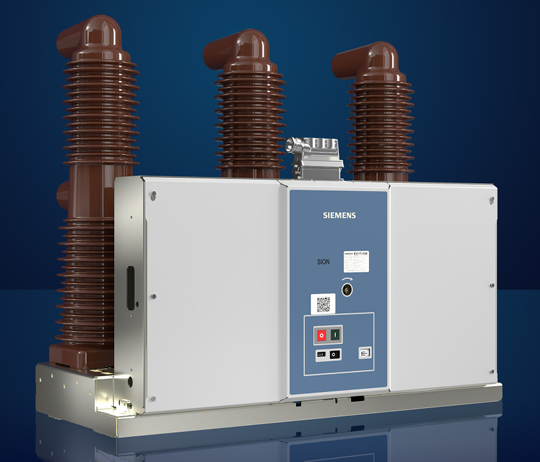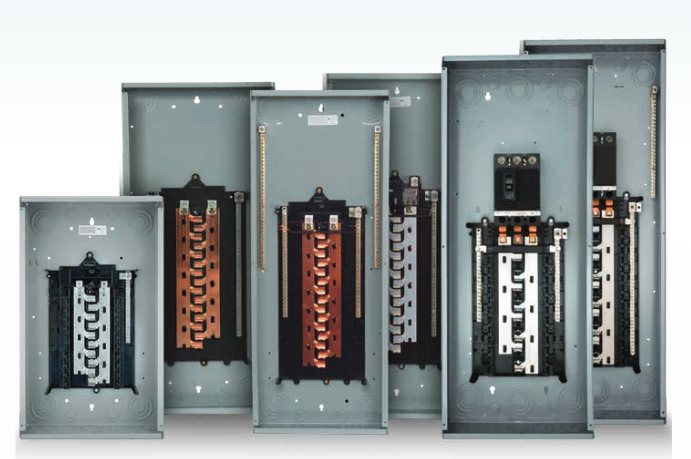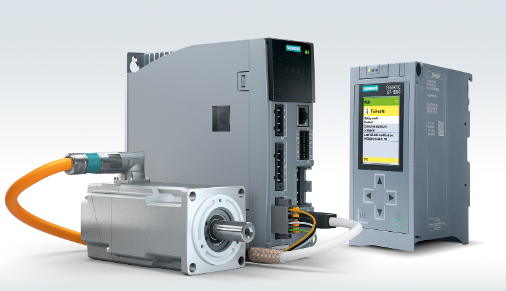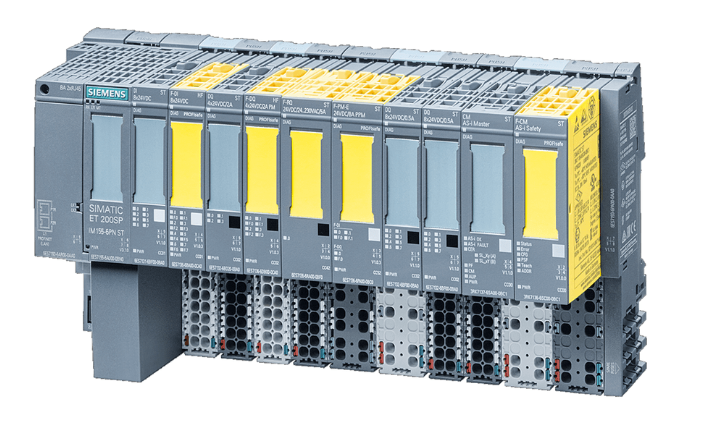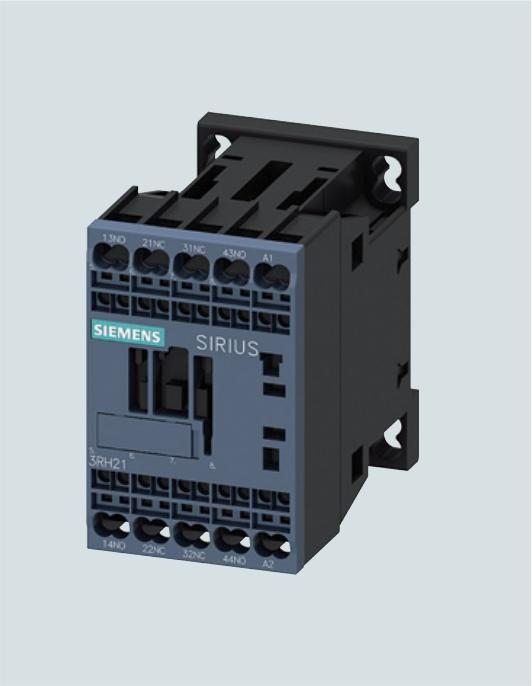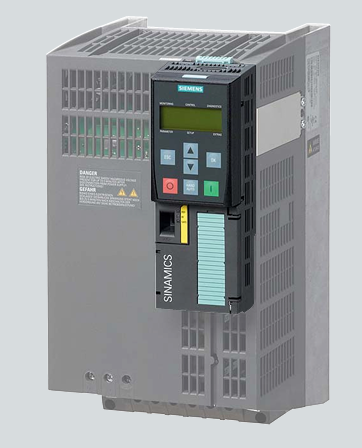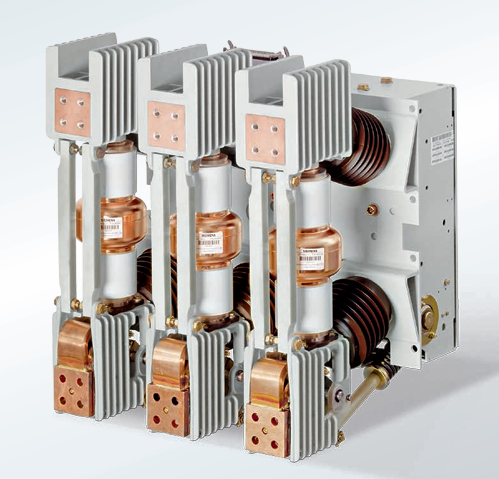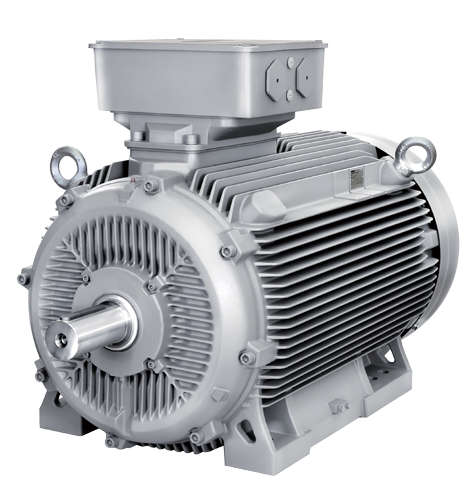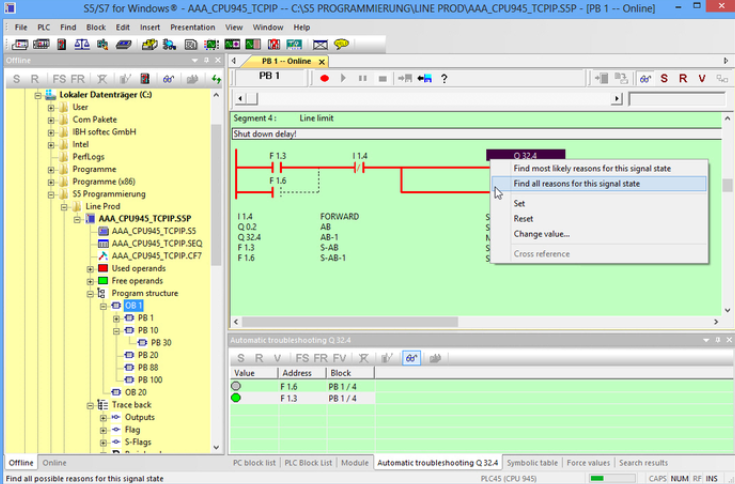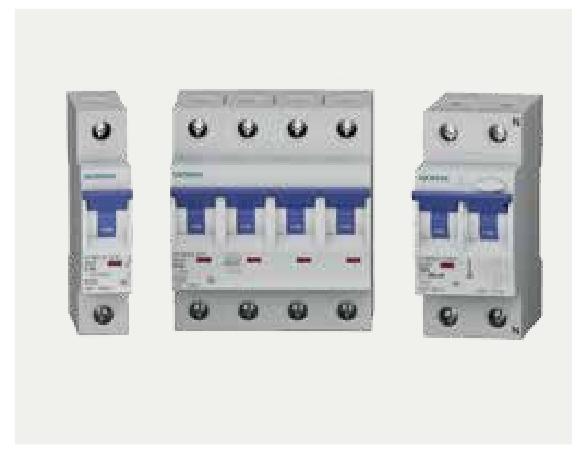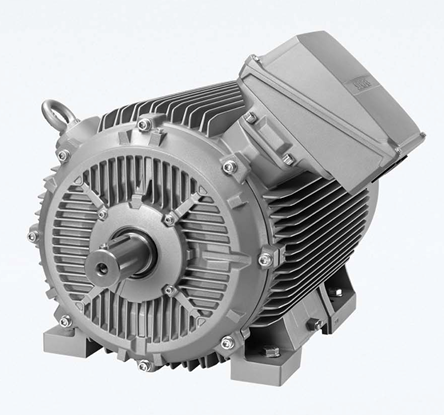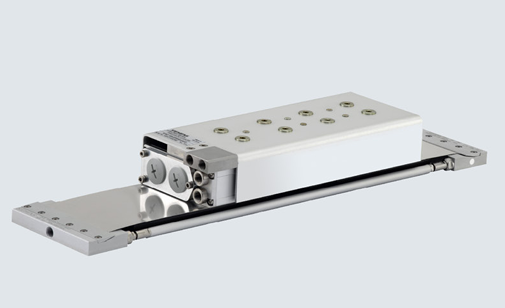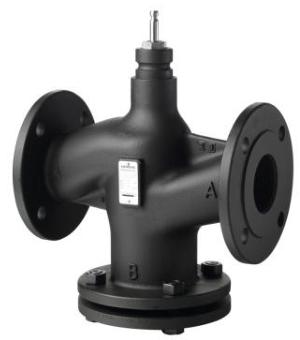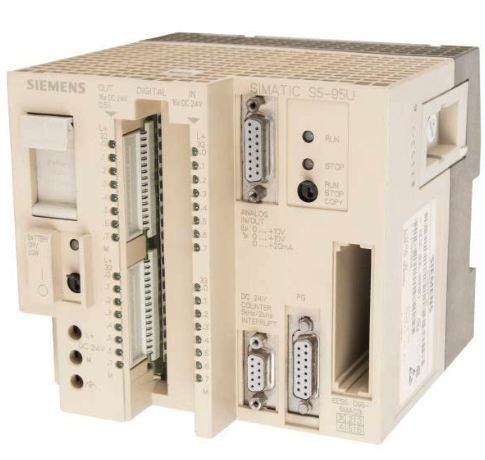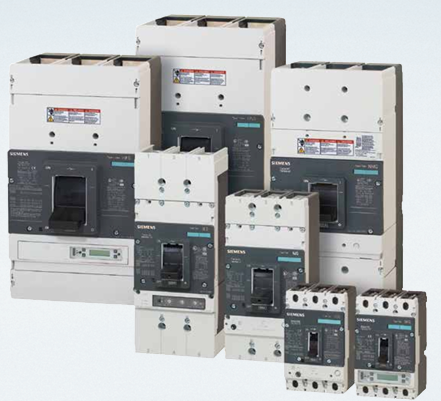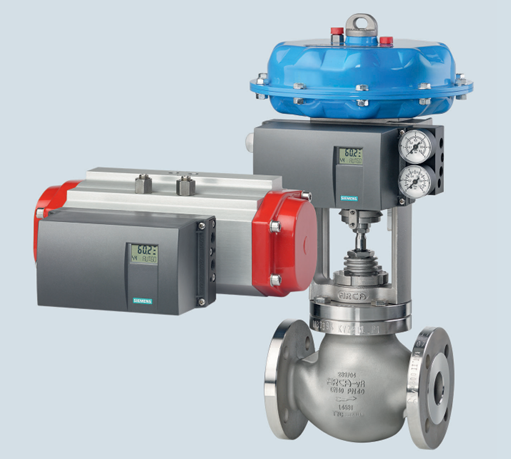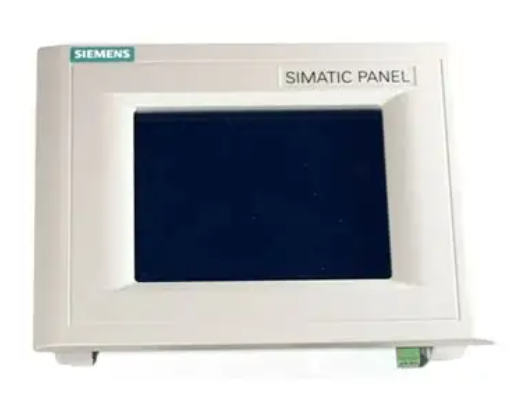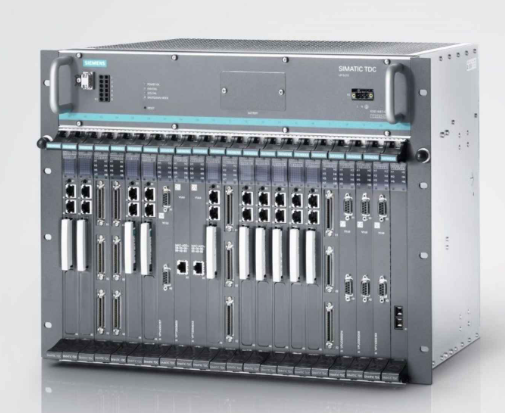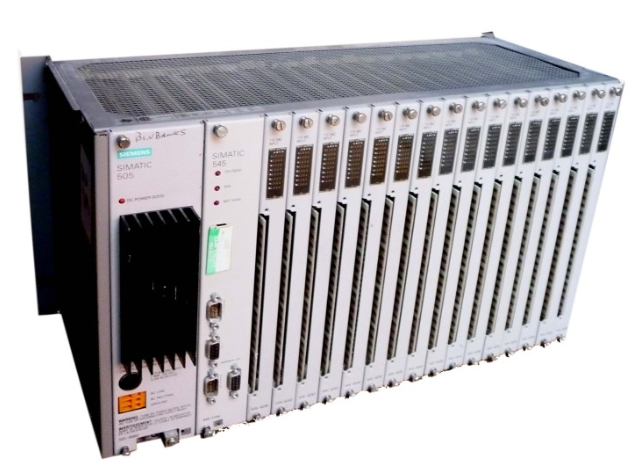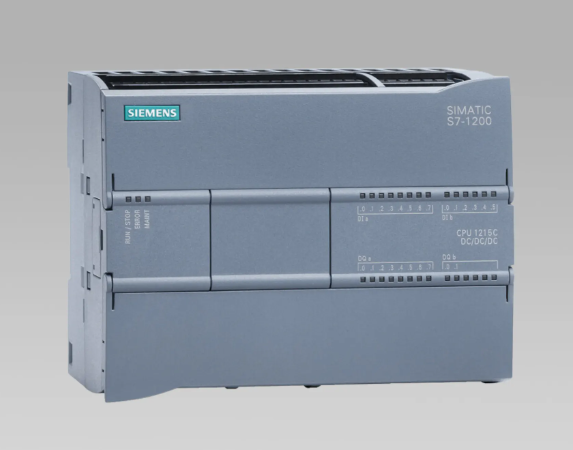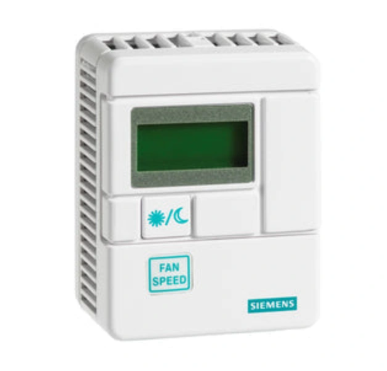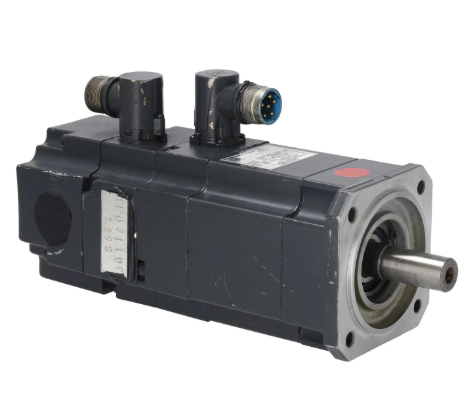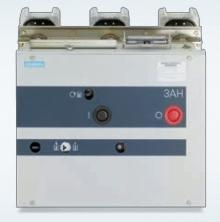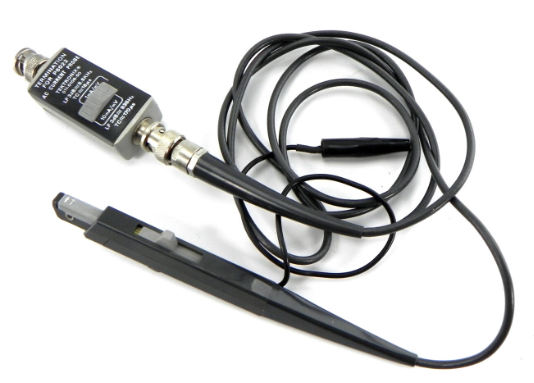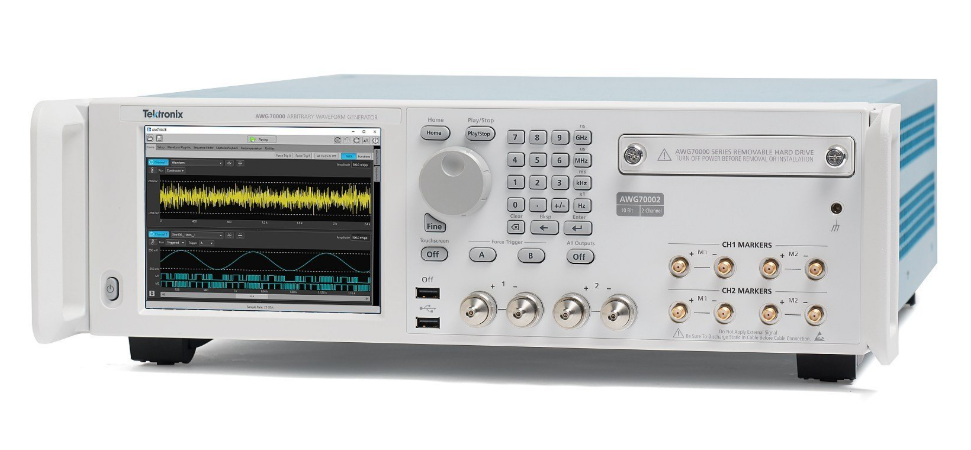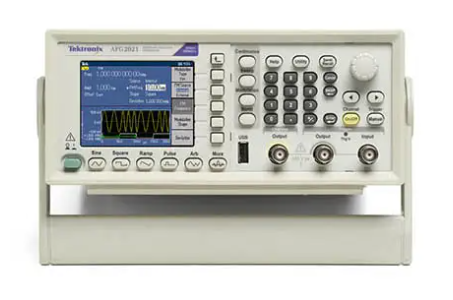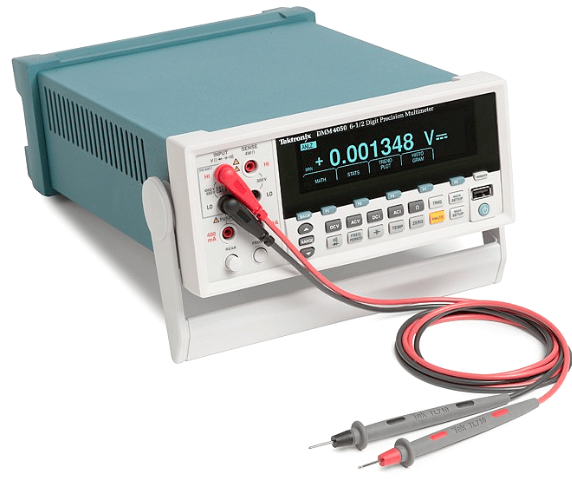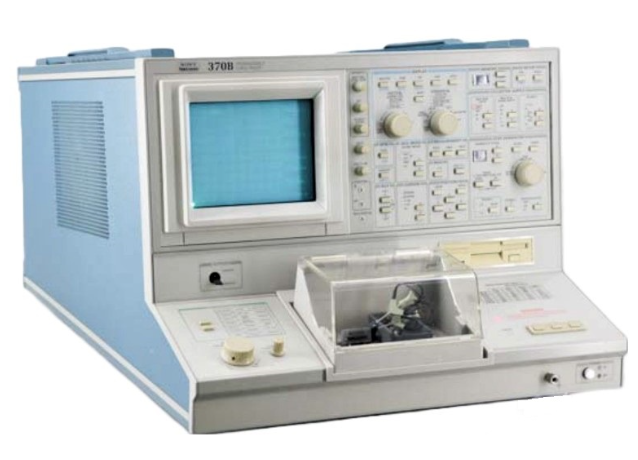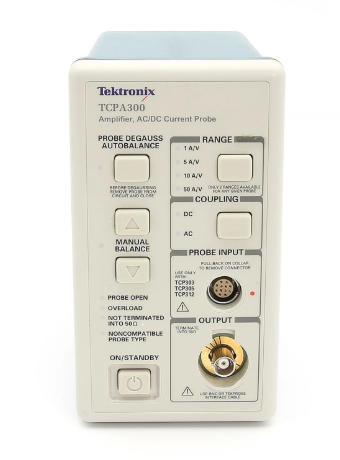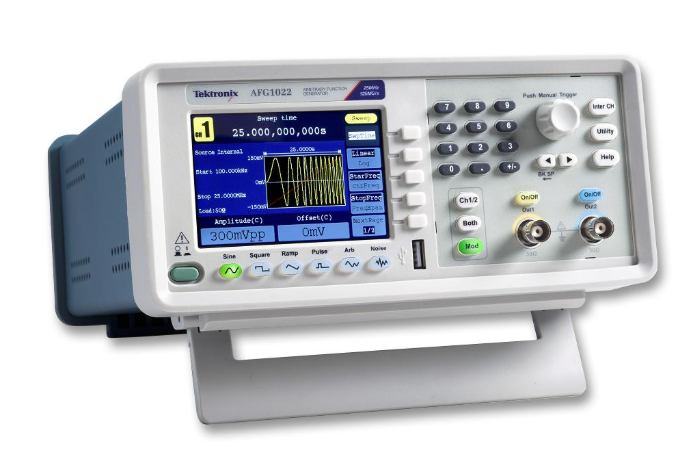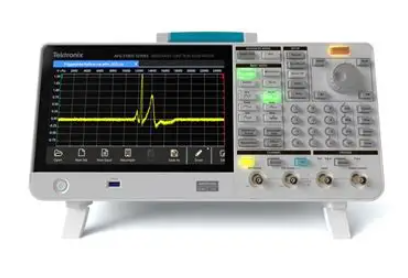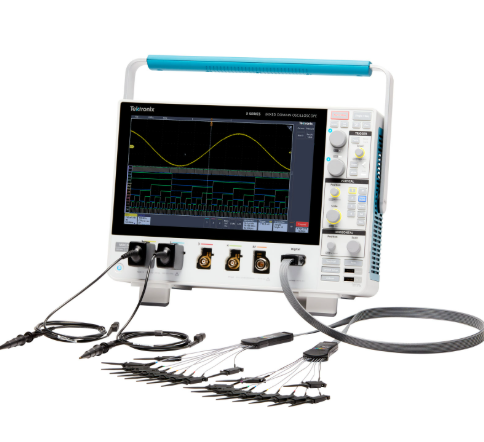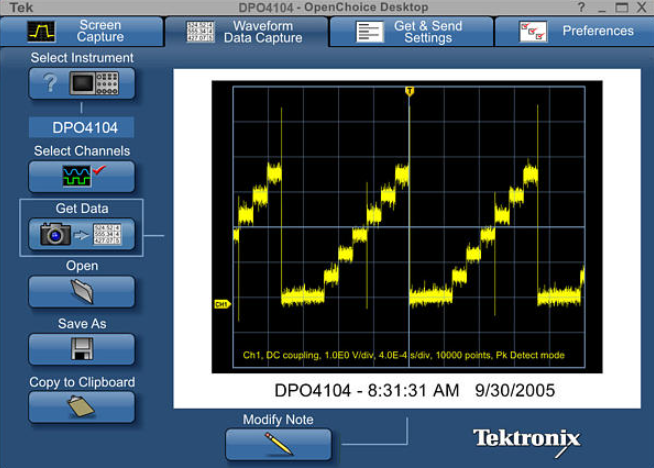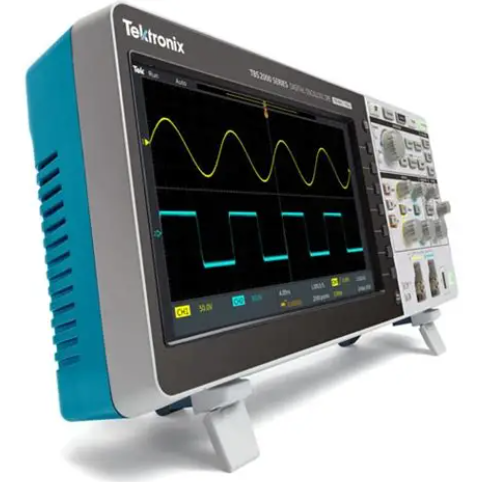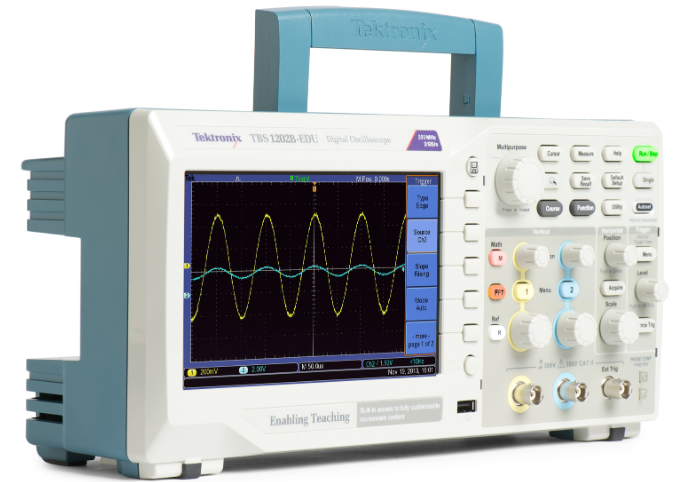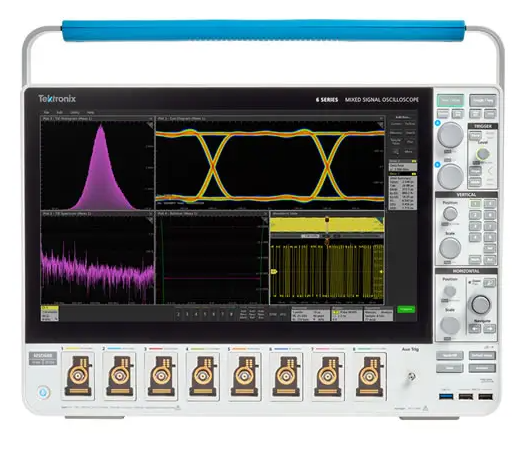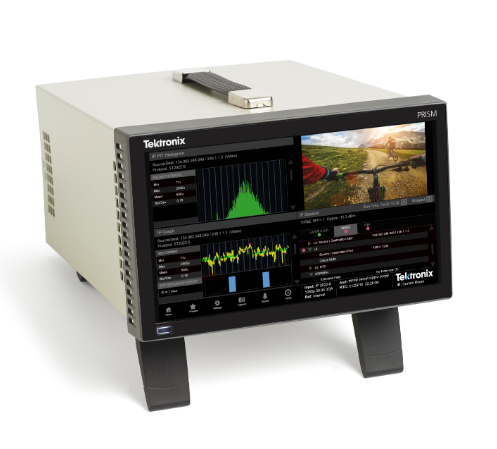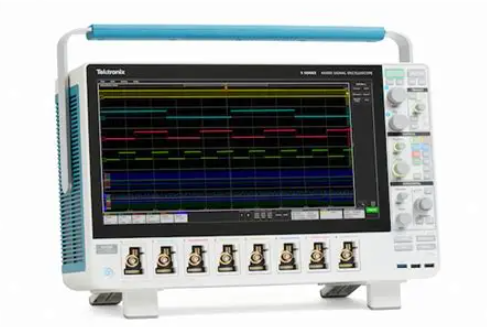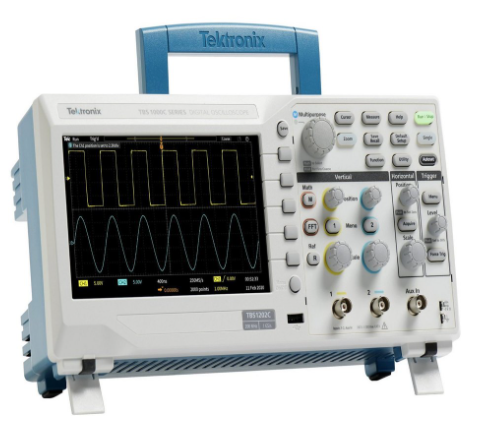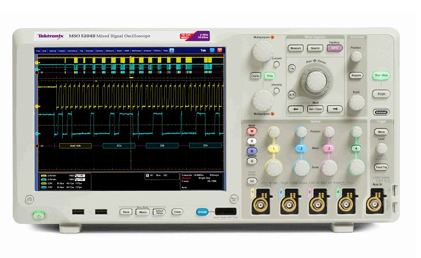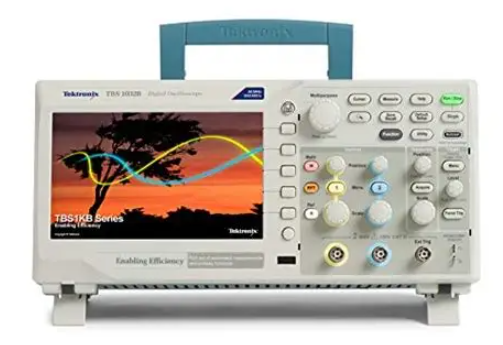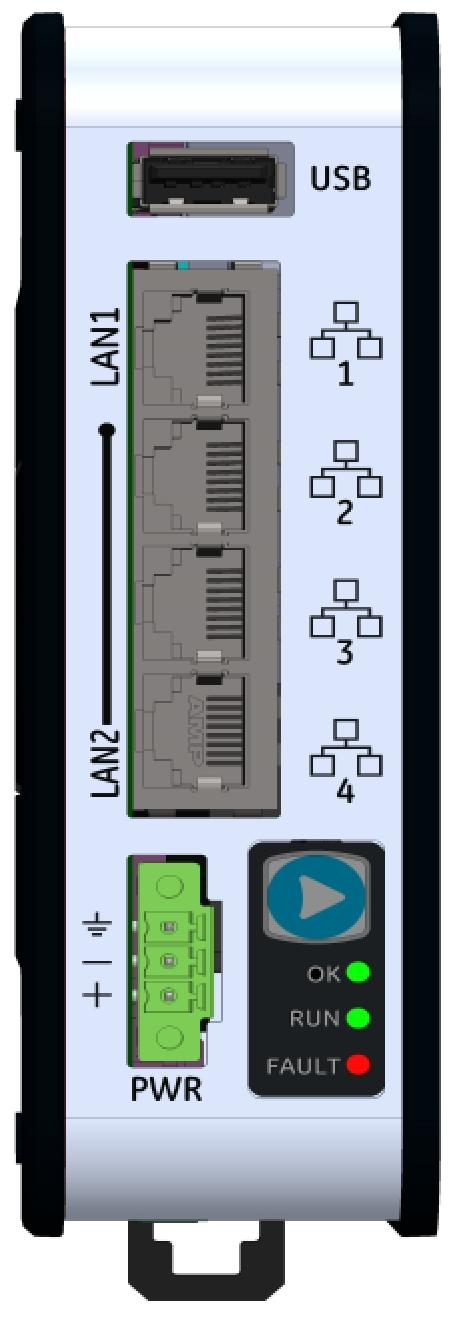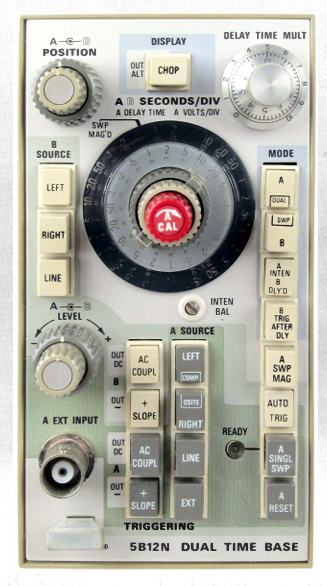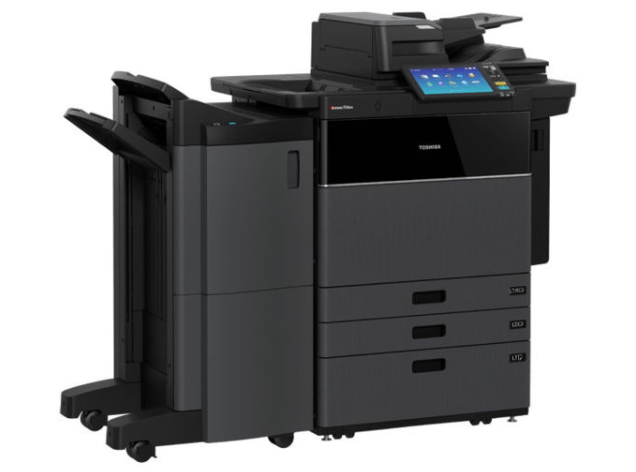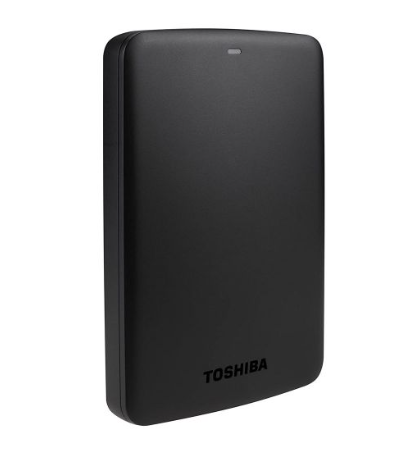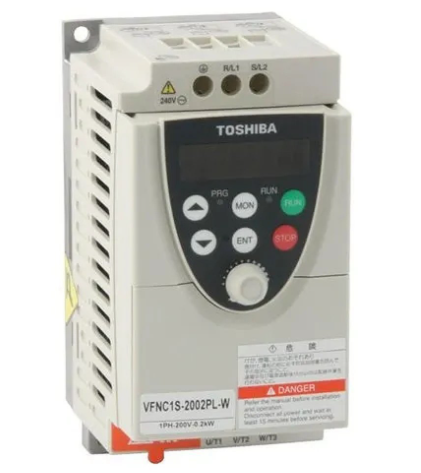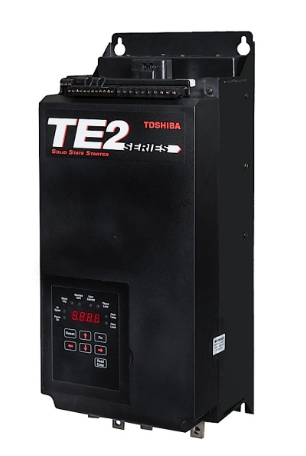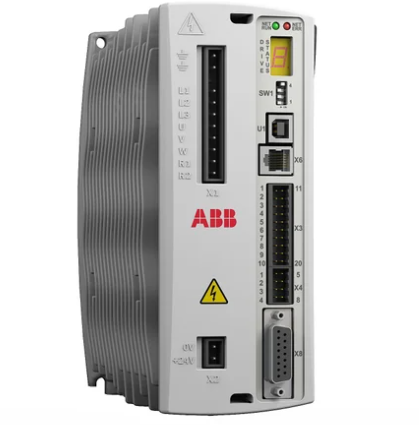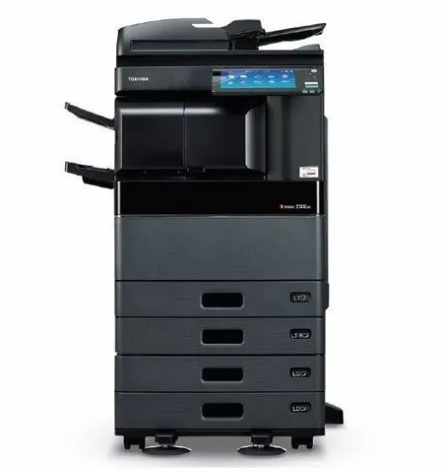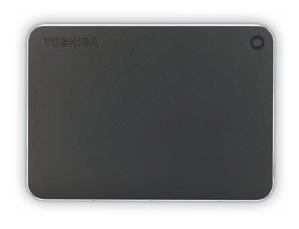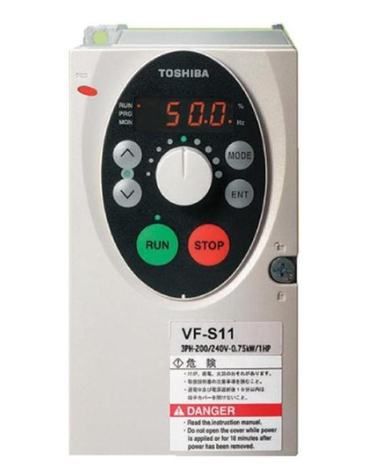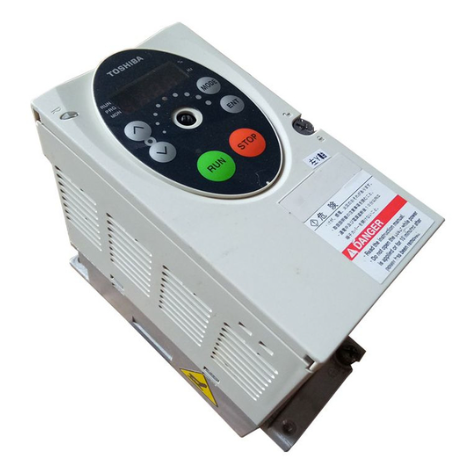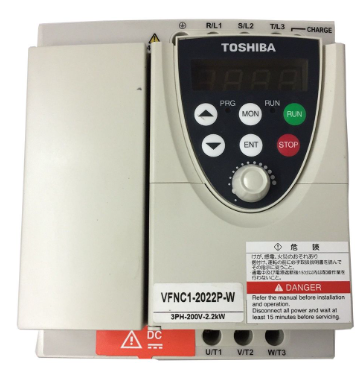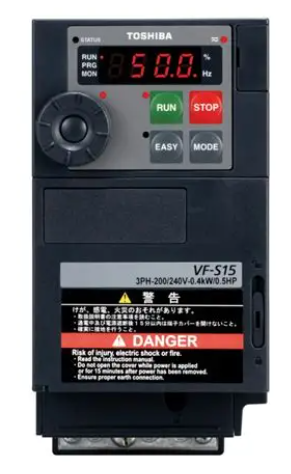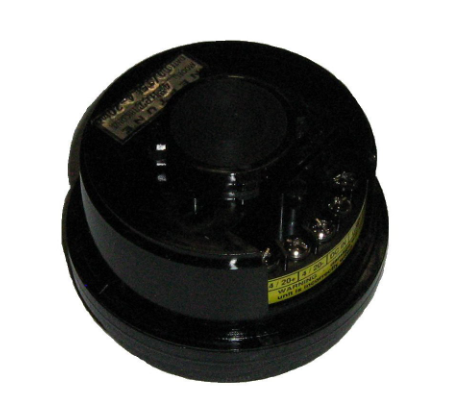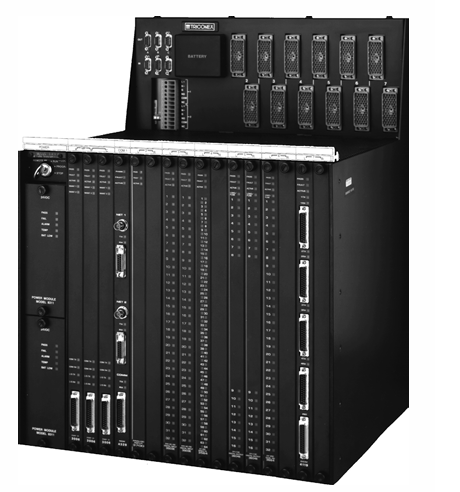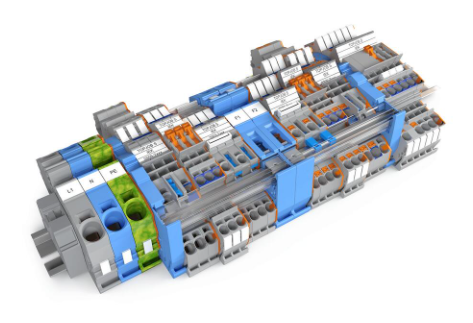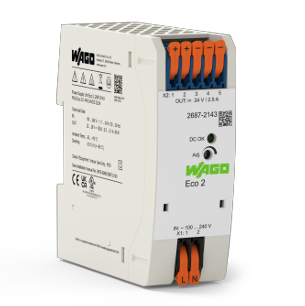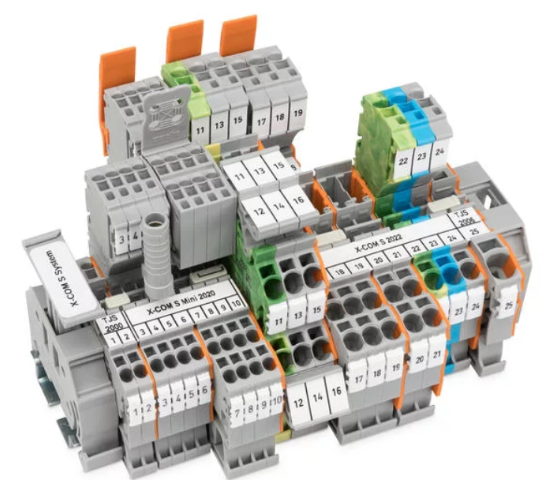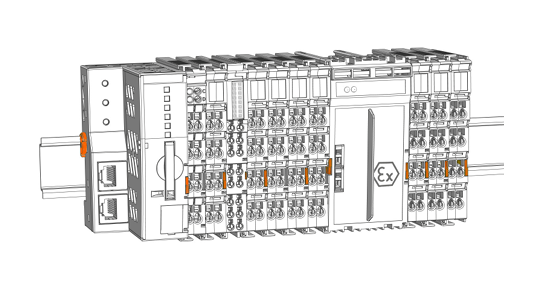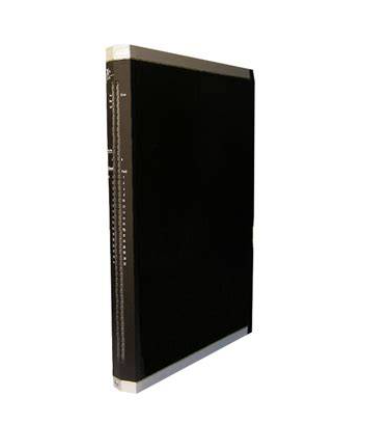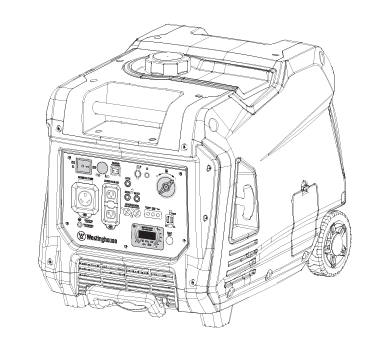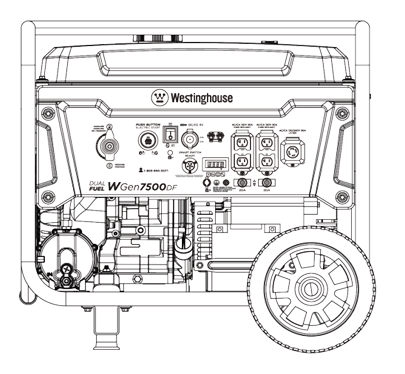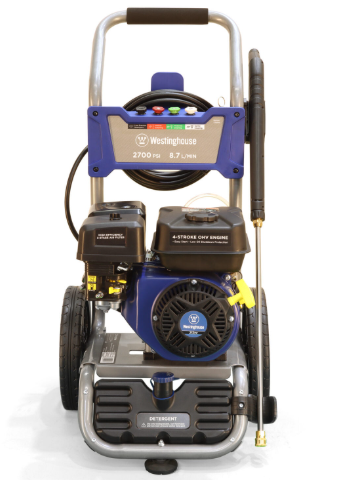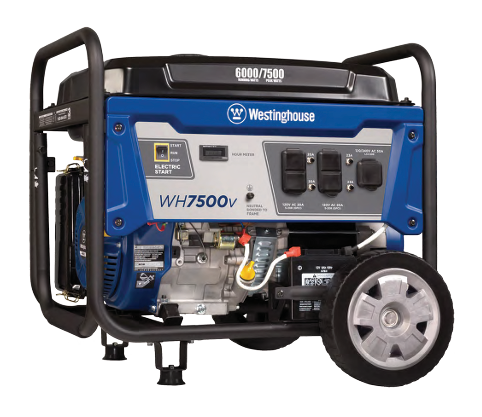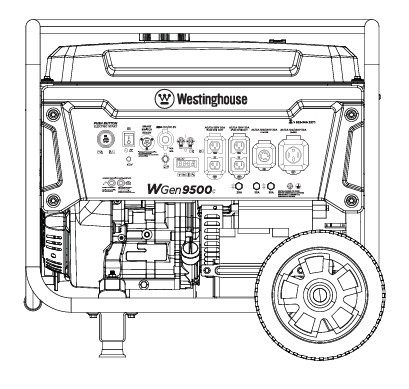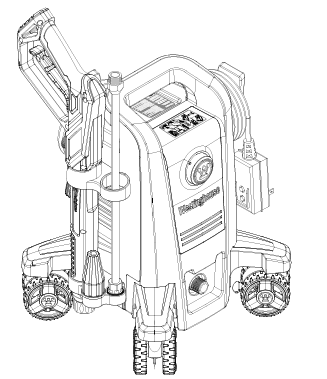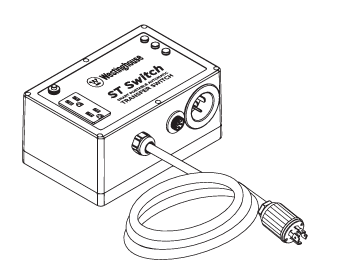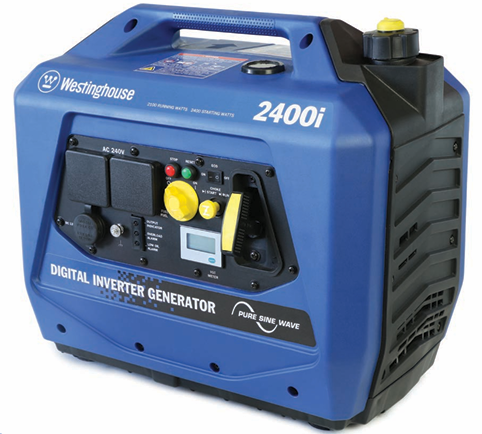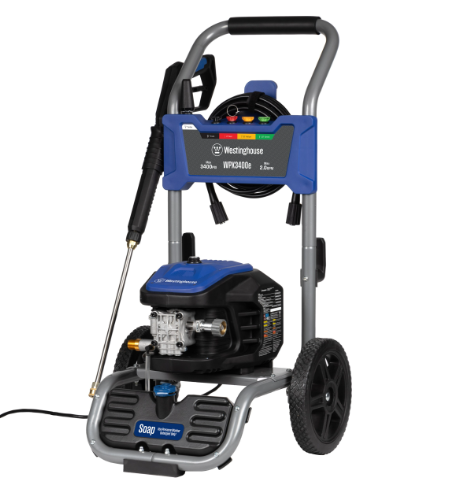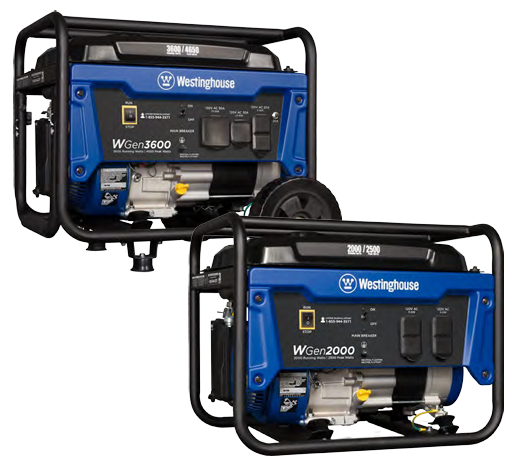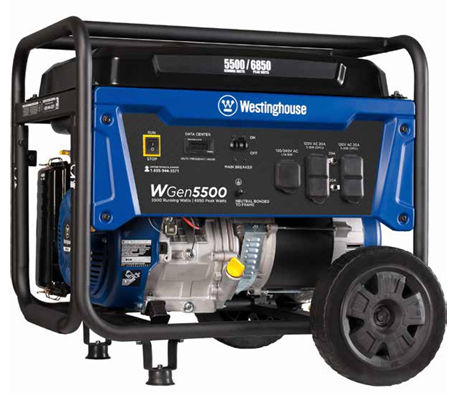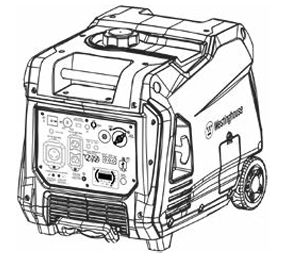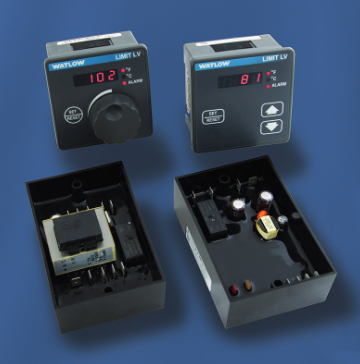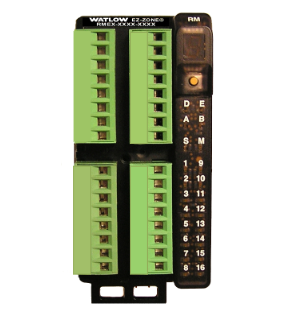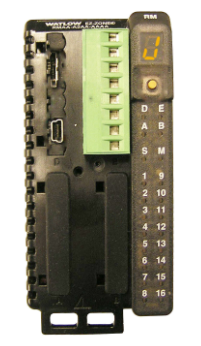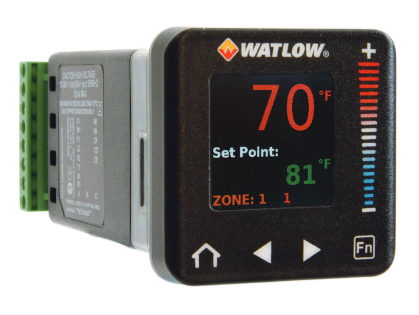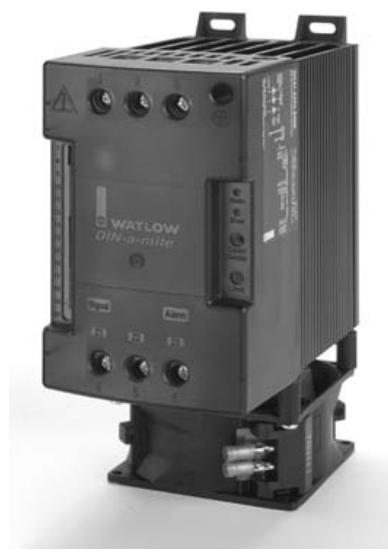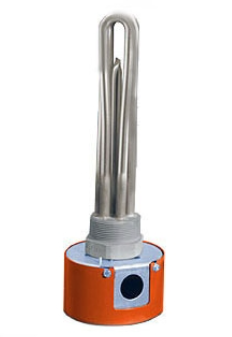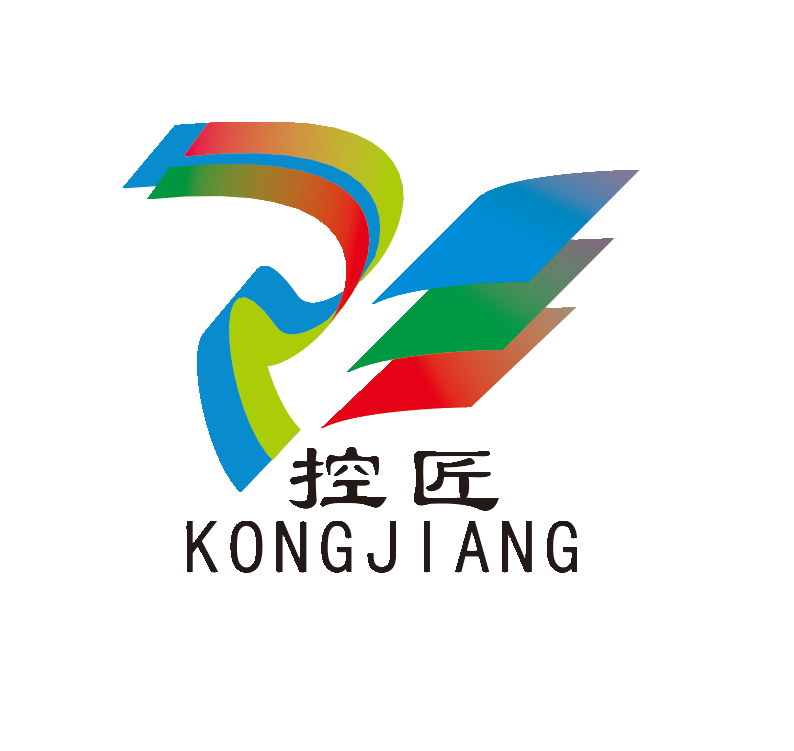

K-WANG


- Telephone:+86-15305925923
- contacts:Mr.Wang
- Email:wang@kongjiangauto.com
ABB H&B Contronic SS 16 Module SS 16 H&B Contronic
Basic information
Appearance and size: usually a standard rectangular shape, the shell is made of metal or high-strength engineering plastics, with good anti-electromagnetic interference and mechanical protection, can adapt to the harsh environment of the industrial site. Compact size design, easy to install and integrate in the control cabinet, can be mounted on the standard DIN rail.
Marking and type: The module is clearly printed with ‘SS 16’ and ‘ABB H&B Contronic’ for quick identification and maintenance in the equipment.
Technical data
Power supply: generally 24V DC power supply, the working voltage range is usually between 20V DC and 30V DC, with a certain degree of tolerance for voltage fluctuations, can be in the industrial field power supply is not stable under normal operation.
Input and output channels: It has multiple digital input and output channels. The digital input channel can receive switching signals from external sensors, switches and other devices, such as 0V or 24V indicating the on/off state. The digital output channels can output corresponding switching signals for controlling actuators such as relays and contactors. Some models may also have analogue input and output channels, which can receive and output standard analogue signals such as 0-10V, 4-20mA, etc. to achieve measurement and control of analogue quantities.
Communication interface: supports Profibus, Modbus, CANopen and other common industrial communication protocols, which can conveniently communicate and interact with other ABB devices and third-party industrial automation equipment to achieve system integration and cooperative work, and the communication rate is high enough to meet the data transmission needs of industrial sites with high real-time requirements.
Functional features
Signal processing and conversion: It can collect, filter and amplify the input digital and analogue signals, effectively improve the quality and accuracy of the signals, reduce the impact of external interference on the signals, and ensure that the system obtains reliable measurement data and control commands. At the same time, the conversion between digital and analogue signals can be achieved to meet the signal requirements of different types of equipment.
Control Logic Function: Rich control logic functions are integrated internally, which can be flexibly set through programming or configuration software to realise a variety of complex control strategies, such as logic operation, timing control, counting control, etc., to meet the control needs in different industrial production processes.
Diagnostic and alarm function: with comprehensive self-diagnostic function, it can monitor its own working status in real time, including power supply voltage, working temperature, input/output channel status, communication connection status and so on. Once the abnormal situation is detected, it will immediately send alarm information to the monitoring system through the communication interface, and carry out intuitive alarm prompts locally through the indicator or display, which is convenient for the maintenance personnel to locate and solve the problem quickly.
Application Fields
Manufacturing automation: In the automated production line of automobile manufacturing, machining, electronic equipment production and other industries, it is widely used in the logic control, sequence control and motion control of equipment, such as the control of robots, start-stop control of conveyor lines, and the coordination of movements of automated assembly equipment, etc., which can effectively improve the production efficiency and product quality.
Process industrial control: in the chemical industry, pharmaceuticals, food and beverage, sewage treatment and other process industries, used in the production process of temperature, pressure, flow, liquid level and other physical quantities of the measurement and control, to achieve the automation of the production process monitoring and optimisation of the adjustment, to ensure the safe and stable operation of the production process and the consistency of product quality.
Energy management system: in the power, heat, gas and other energy supply and management industry, it can be used for monitoring and control of energy production equipment, transmission equipment, metering equipment, etc., to achieve optimal distribution and management of energy, improve energy efficiency, reduce energy loss, and at the same time, timely alarms and treatment of energy system failures to ensure the reliability of energy supply.
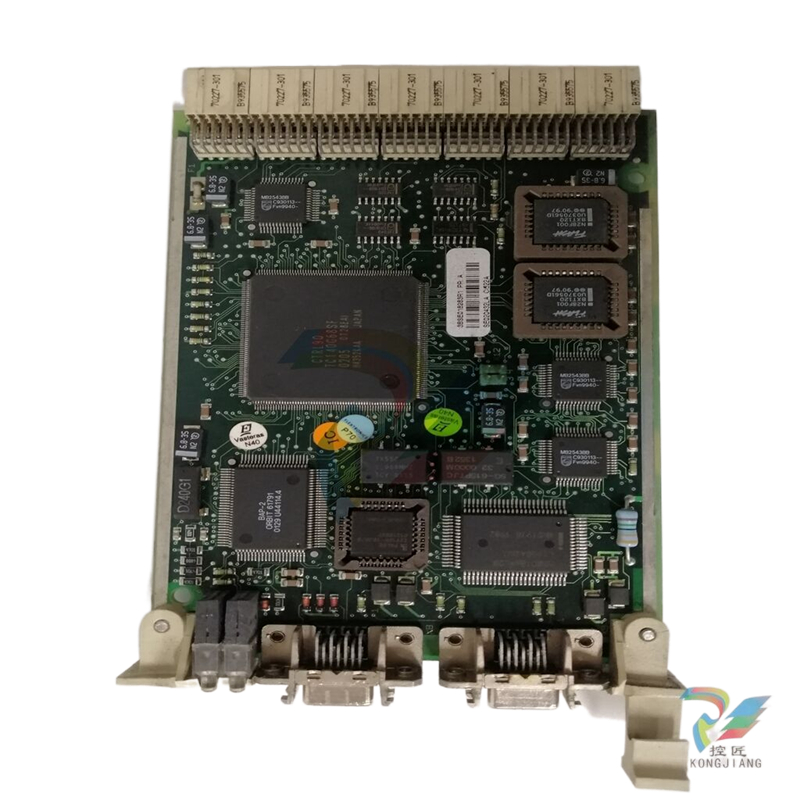
| User name | Member Level | Quantity | Specification | Purchase Date |
|---|






